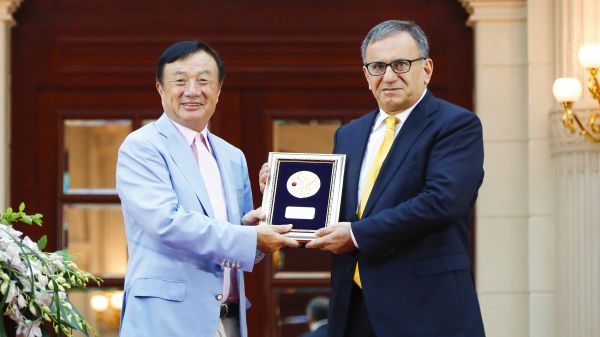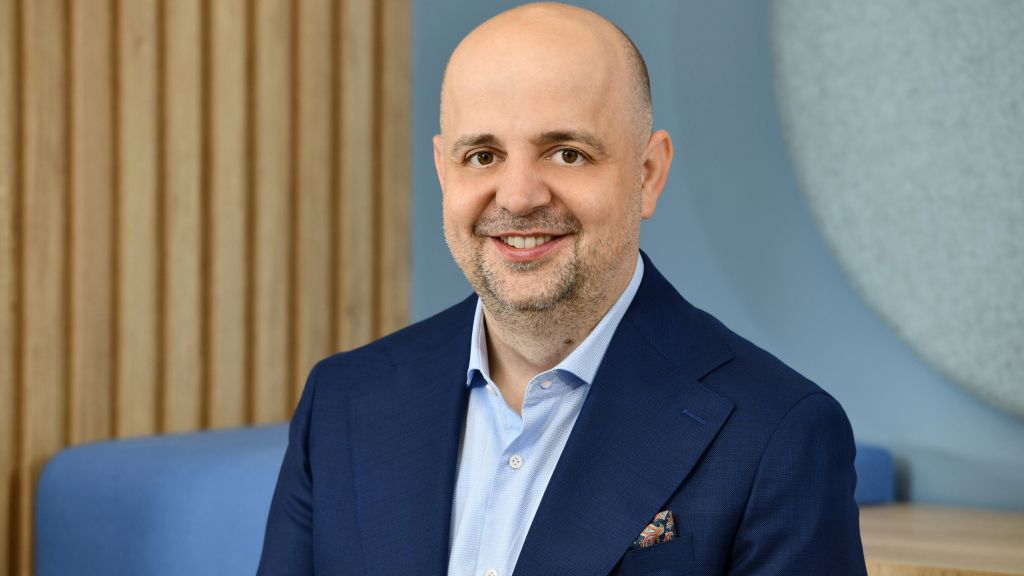At the ceremony at Huawei headquarters in Shenzhen, the company has awarded over 100 Huawei researchers and engineers working on standards and fundamental research.
Fundamental research is essential to the development of the industry. Theoretical discoveries, often emerging from decades of concentrated scientific efforts, help guide progress in the field.
With 5G technology already on the horizon, the polar code work published by Professor Arikan in 2008 has defined a completely new approach to maximize the rate and reliability of data transmissions. Polar Codes are the world's first radio channel coding scheme that brings us to the threshold of Shannon's limit (the maximum rate at which information can be transmitted with zero errors over a certain bandwidth).
Polar Codes significantly improve the coding performance for 5G. At the same time, they reduce the complexity of the design and ensure the quality of the services. In 2016, 3GPP (the 5G international standardization institution) adopted polar codes as the official encryption scheme for 5G New Radio (NR) enhanced Mobile Broadband (eMBB) control channels.
At the award ceremony, Huawei founder, Ren Zhengfei, awarded a medal to Professor Arikan. The medal, designed and manufactured by the Paris Mint, includes an engraving of the Victory Goddess with a red bacar crystal, symbolizing the importance of new communications technologies in world evolution.
After receiving the medal, Professor Arikan said: "I am honored to receive this award today, I am pleased to admit that without the vision and technical contributions of Huawei's directors and engineers, the polar codes would not have come from the laboratory stage to the of the standard in less than ten years and as engineers, we have no greater reward than seeing our ideas become reality".
Huawei CEO, Eric Xu, also said at the event: "The 5G standards are the result of a worldwide effort to promote progress in fundamental research and wireless communications technology. For these standards to work out the need for work for over ten years, tens of thousands of researchers and engineers, along with dozens of companies around the world. We wish to express our sincere gratitude to Professor Arikan as well as to his academic colleagues and other Huawei researchers and employees who have contributed together to the 5G evolution".
In 2010, Huawei recognized the potential of polar codes in optimizing channel coding technology, so the company invested in research to continue Professor Arikan's work.
"Setting the 5G standards is just the beginning of a new journey," Xu added. "We will continue to work hard to ensure that 5G technology - including polar codes - creates more value for society as soon as possible. At the same time, we hope to continue strong business collaboration with academia such as Huawei and Professor Arikan to deliver new scientific achievements to promote the development of the ICT industry and society as a whole.
At the award ceremony, Huawei also awarded over 100 own researchers for their work on fundamental research and standards. In particular, the company wanted to thank them for their successful research in New Radio 5G and for the eight innovations, including new waveforms and coding schemes. These researchers have worked closely with industry partners to test key technologies and promote standardization, bringing an important contribution to the 3GPP 5G Release 15 standards.
Thanks to their pioneer, Huawei was the first company in the world to complete 5G testing for all phases of IMT-2020 (a collective vision dictated by the International Telecommunication Union on the evolution of mobile networks by 2020), with results surpassing with a lot of key indicators for all three 5G defined by the International Telecommunication Union - enhanced Mobile Broadband (eMBB), Ultra-Reliable and Low-Latency Communications (URLLC) and massive Machine-Type Communications (mMTC).
As a major contributor to 5G standards and a basic patent holder, Huawei is committed to following the FRAND patent licensing principle. The meaning is patent licensing, fair, reasonable and non-discriminatory - fair, reasonable and non-discriminatory patent licensing - a principle that the company has previously adhered to and will continue to adhere to in the future. Huawei aims to build a robust 5G ecosystem along with other players on the market.
Strong investment in research and development has been a major direction in Huawei for many years, with investments of nearly $ 60 billion over the past ten years. Huawei will further increase its investment in basic research, with just over 20-30% of its $ 15-20 billion annual budget dedicated to research and development.



















![[Opportunity Minded] Market Penetration and Growing Your Market Share](https://doingbusiness.ro/media/covers/6965fb6bd2416_cover.jpg)










